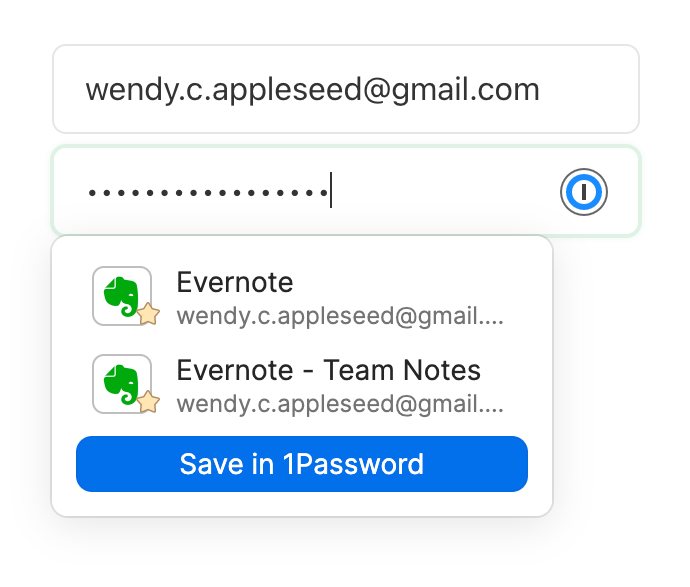WCAG 2.2 builds on the previous version of the standard, WCAG 2.1, by further improving accessibility guidance for users with cognitive or learning disabilities, users with low vision, and users with disabilities on mobile devices.
Focus Not Obscured
What does this mean for you?
This will affect the cookie banners across all of our sites. What complied with WCAG 2.1 now does not meet the requirements of WCAG 2.2.
We will need to move the positioning of the cookie banner so that it no longer obstructs content on the page as is shown on the GOV.UK design system website.
Understanding Success Criterion 2.4.12: Focus Not Obscured (Minimum)

Dragging Movements
What does this mean for you?
The functionality of a particular area of a website or app must not rely on dragging. An example of this is the Mixd Intranet will fail under WCAG 2.2 due to the A-Z of apps which rely on dragging and dropping of apps to ‘Your favourites’.
We will need to test and update how this functionality currently works to allow an alternative method of pinning favourite apps to the top of the web page.
Understanding Success Criterion 2.5.7 – Dragging Movements

Target Size
What does this mean for you?
Targets, plus their symbols must be at least 24 pixels apart. Many image carousels will fail this criterion due to the spacing between buttons on a carousel, giving users the option to skip between each image/video on a carousel.
We will need to change the size of the buttons on elements such as a carousel or slider, where users can pause/skip through the content within it in order to pass 2.2.
There are several exemptions to this which are detailed on the Understanding Success Criterion 2.5.8 – Target Size (Minimum) page.

Consistent Help
What does this mean for you?
If you have a help page in the footer navigation of your site, you must be able to access it regardless of the page a user is on within the site.
We will need to ensure this functionality is consistent across your site.
Typical help mechanisms include:
- Telephone numbers
- Email addresses
- Social media links
This does not apply where the details of an email address or phone number are on a contact page.
Understanding Success Criterion 3.2.6 – Consistent Help

Redundant Entry
What does this mean for you?
When a user fills out the information on a website or app, they should not be required to re-enter the exact details repeatedly.
We need to make sure that any forms on your website do not require a repeat in information, such as re-entering an email address. If it does, this will need removing in order to pass.
This criterion does not apply to essential duplication, such as where confirming a password is needed.
Understanding Success Criterion 3.3.7 – Redundant Entry

Accessible Authentication
What does this mean for you?
The clear goal with this addition is to make sure that anyone can log in to a website and access its content and features, regardless of any disabilities they may have.
We need to remove any barriers that a user might face. We will need to check that if your site has a login functionality, that users are able to use a password manager to capture the information without using a second device to validate entry of the site. Understanding Success Criterion 3.3.8 – Accessible Authentication

Be prepared with Mixd
The Government Digital Service recommends an audit is carried out by a trusted third party supplier. Alternatively, you can ask a specialist within your organisation with the accessibility knowledge and experience to do so.
At Mixd, we:
- Have extensive experience in carrying out audits, specifically for public sector organisations
- Provide clear and actionable reports
- Are involved in the wider accessibility community
- Can help you prioritise issues and provide support in fixing them
- Can provide you with the training to maintain the accessibility of your website
The good news is that with the right support, WCAG 2.2 AA conformance is absolutely achievable. Get in touch with us to find out more about how we can help.
